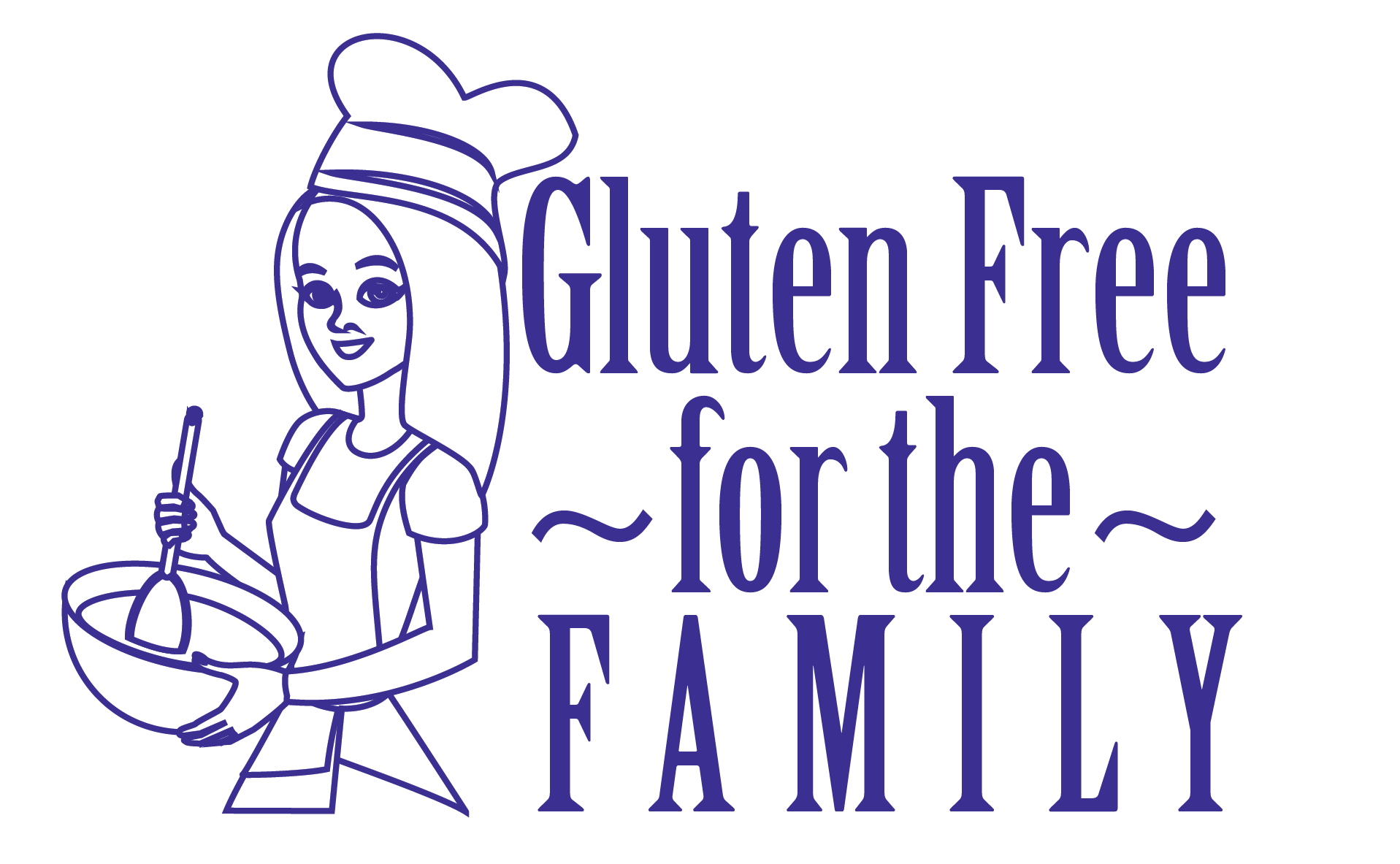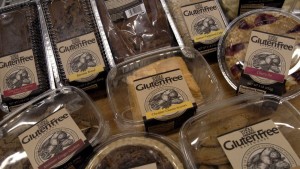The number of pals who’ve gone gluten-free is escalating. They feel better. Their joints ache less. They’re happier—and they say they’ve all lost weight. They share these details with me as if I’m the patron saint of gluten-free because my 12-year-old daughter has celiac disease. But until they check the back of ketchup bottles for gluten, I really don’t want to hear about it.
Just 1% percent of the US population is thought to have celiac, an auto-immune disease where eating gluten sets off an immune reaction in the gut—damaging the intestines and preventing nutrients from getting absorbed. But 11% now follow a gluten-free diet, with just one-fourth of those who say they’re doing so because of celiac disease or gluten sensitivity—in which you experience abdominal pain and other symptoms from gluten, but don’t produce antibodies like celiacs. The rest abstain because they believe it’s better for them (even though many Americans don’t know what gluten is). Their surety that gluten is evil is projected to boost gluten-free sales in the US from nearly $1 billion dollars in 2014 to $2.3 billion by 2019.
Like Atkins and the Paleo diet, gluten-free is a now full-blown food movement propelled, in part, by the millions with celiac and gluten-sensitivity and those who believe, like Wheat Belly author William Davis, that wheat may be at the root of diseases from Type 1 diabetes to rheumatoid arthritis. They’re part of the community who make 200 million restaurants visits ordering gluten-free or wheat-free dishes, even though doctors believe a gluten-free diet may actually beunhealthy for those without celiac. (Celiacs, though, have to avoid barley, rye, and in some cases, oats as well.)
When my daughter Harper was first diagnosed at seven years old, I tried baking her favorite baguettes with rice flour and corn starch, creating a concoction so vile the smell made me vacate the kitchen. I now buy frozen gluten-free baguettes at Whole Foods at about $4 each. Gluten-free has moved far beyond the alternative to the mainstream—Whole Foods, Canyon Bakehouse, and Udi’s are just a few brands offering gluten-free bread.
Five years ago this was hardly our reality. We didn’t know how Harper would eat lunch at school or enjoy her friends’ birthdays. We knew few parents were going to accommodate her—or want to risk making her ill. She ate a lot of oranges while other children snacked on brownies. Still, her best friend brought gluten-free treats for the entire class on her birthday. A mom ordered a gluten-free birthday cake—at great expense—for her daughter’s party. Family friends stocked boxes of gluten-free pasta at home: “In case Harper gets hungry when she’s over,” said one.
I used to throw a summer ice cream party at the end of the school year. One June I claimed fatigue. A parent snapped, “How hard is it to buy cones and half gallons of ice cream?” Hard. Ice cream ingredients had to be researched. Gluten-free cones weren’t easy to find. (Amazon now sells six different versions.)
This is not the life of the gluten-free tribe dancing to weight loss achievements today. They don’t question waiters whether soy sauce is added to a balsamic vinaigrette. They don’t worry if tomato paste for a homemade chili lists wheat as an ingredient. They don’t call pharmaceutical companies asking about a fever reducer as a child sits home sick with flu. Yes, we have become that family.
I carry the gene Harper inherited leading to her diagnosis. She’ll never outgrow her disease—it’s not an allergy—so I adopted her diet in part because I’m at high risk for developing celiac, but more for Harper to have a role model as she learns how to eat safely.
You’d think gluten-free awareness would open more options to us. In some ways, yes. Others no. We are now met, in particular, with the cold stares of waiters who lump us with members of the latest food fad. Will we put them through the paces for that bun-less hamburger, but select the chocolate cake at dessert? Will we request gluten-free pasta, then order a beer? Countless have pulled cookies from an ice cream dessert, believing that the crumbs left behind are harmless to the eaters.
Restaurants aren’t entirely wrong. For those choosing to eat gluten-free, the chance of a reaction to cookie crumbs is small. For celiacs though, just 20 parts per million of gluten, less than .002%, can cause a reaction—one a waiter won’t see 30-45 minutes later on the subway ride home.
After five years of living gluten-free, my dinner party invitations have slowed to a trickle. I’ve gained eight pounds. Stress led to shingles. I’ve watched my daughter spend days in bed, vomit for hours, stop eating, and get sick by my own hand when I mistook regular pancake mix for gluten-free. Gluten-free is not a fad diet for us. Think of it instead as a forever friend—the one you can’t get off the phone, who borrows your clothes, returning them stained, and talks loudly in restaurants about her period.
I counsel my friends, and anyone who asks me about going gluten-free if they should adopt the diet too. My answer is always this: “No.” Do yourself, and the rest of the medically required gluten-free community a favor. Unless you’re going to start reading the back of ketchup bottles (malt, from barley, can be an ingredient), you’re better off eating the bread. Believe me: my daughter and I, if we could, would butter up a slice and join you.
Follow Lauren on Twitter @Llauren. We welcome your comments at[email protected].

